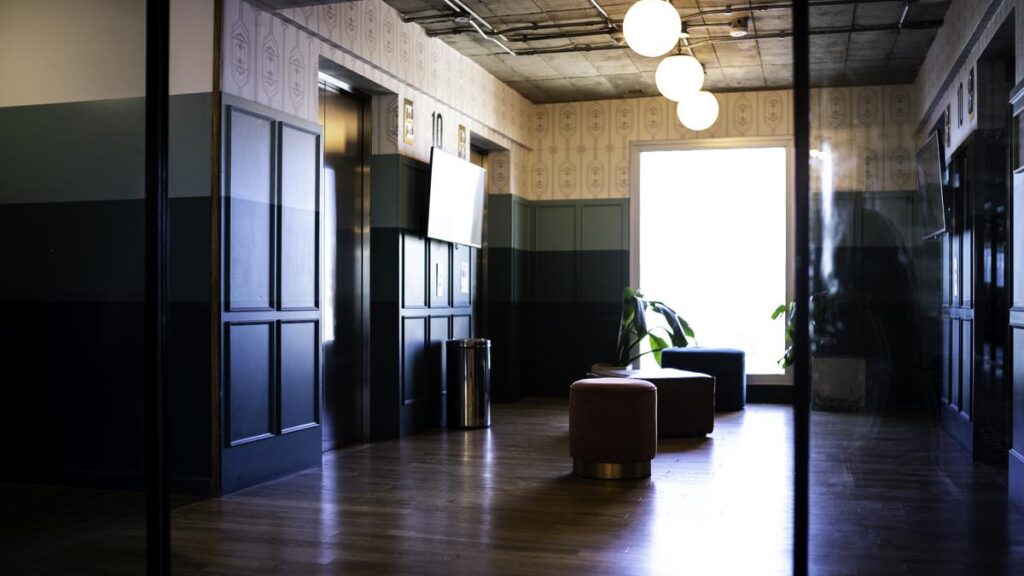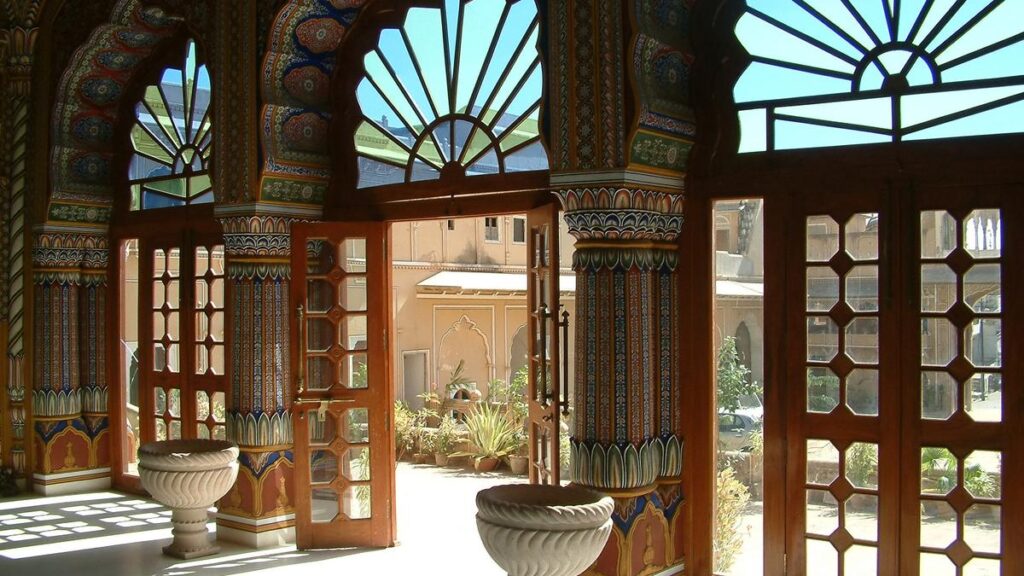The world is witnessing a rapid evolution of cities and densification of urban landscapes, a trend that’s only expected to grow in the decades to come. According to the growth projections made by the United Nations Department of Economic and Social Affairs (UN DESA), 68% of the world’s population is predicted to live in urban areas by 2050, which means approximately 2.5 billion more people will join these bustling cities. The projections also anticipate that 35% of this growth will collectively come from India, China, and Nigeria.
To equip Indian cities for thriving with this urbanisation growth, the need for redevelopment and modernisation of existing buildings has become a pivotal focus of urban planning. Major hotspots such as New Delhi, Mumbai, Bengaluru, and Surat are at the forefront of embracing this trend to make more efficient use of land and address the formidable challenges posed by ageing infrastructure and land scarcity. At the heart of this transformation lies the vertical transportation industry, a critical backbone of modern infrastructure that ensures comfortable, smooth, safe, and efficient movement within buildings.
In cities across India, outdated elevator systems pose significant operational challenges, especially in multistorey ageing buildings that are yet to be redeveloped. Typically, 20 years is the age at which building managers begin to consider elevator modernisation. Many of these structures have elevators that were installed when high-rise construction first started in the early 2000s, and are now showing signs of wear and tear and inefficiency.
Safety holds the highest priority in the vertical mobility space. Timely modernisation of products ensures that these systems are up to code. With the integration of new technologies and advanced mechanical components, elevators not only become safer with an improved passenger experience, but also smarter and more energy efficient. For instance, solutions like variable frequency drives can adjust the elevator’s motor speed to match the required load, and regenerative drive systems enable elevators to convert excess energy into electricity that can be fed back into the building’s power grid. Elevators with IoT-enabled solutions that provide real-time intelligence, offer visibility into portfolio performance, enable predictive maintenance, and facilitate the resolution of some issues remotely, thus substantially reducing downtime, failures, and unnecessary in-person service calls. Furthermore, features like cutting-edge destination control systems improve traffic flow and reduce wait times by predicting and adjusting to traffic patterns throughout the day.
Demand for aesthetics
In the present landscape, vertical transportation systems are integral to the aesthetics and intelligence of buildings, revamping urbanisation in ways that go beyond efficiency. The demand for modernisation of elevators has surged, driven by a combination of shifting consumer preferences, technological innovation, growing expectations for sleek design, and an enhanced user experience that can redefine the aesthetics of vertical mobility in modern cities.
Digitisation for safety
Digitisation is key to enhancing efficiency and safety, by making vertical mobility smarter and more reliable. Transforming user experience and leaving a lasting impression on passengers from the moment they step into the elevator, we provide them with features like the eCall app, a smartphone app that allows passengers to summon their elevator with a single swipe. Modern elevators are also being integrated with smart building systems that allow upgrades via software improvements, thus facilitating continuous technological advancements without the need for complete replacements.
Customisation as a key
According to a recent report by Research and Markets, the Indian elevator and escalator market is expected to grow at a CAGR of approximately 8.2% between 2024 and 2032. This is a direct indicator of the increase in adoption of vertical mobility products by a diversified consumer base and the industry has been making significant strides in crafting bespoke products with relevant applications that cater to each of these segments. For instance, hospital elevators today are large in dimension and being equipped with features such as UV sterilisation, anti-slip flooring, automatic doors, touchless controls, and advanced safety systems critical for ensuring patient safety and seamless transport. Similarly, in areas of high traffic, escalators and elevators with intelligent control systems are being developed that detect anomalies and respond accordingly, ensuring passenger safety and avoiding inconvenience.
Current regulatory landscape
At present, India doesn’t have a central and uniform statutory framework of vertical transportation for governing, regulating, and administering matters related to installation and maintenance of lifts. A common regulatory landscape would harmonise various existing safety and quality standards of lifts and escalators. It would further drive uniformity in training and certification for technicians and help attract investments in advanced elevator technologies, promoting the adoption of energy-efficient and smart elevators, thereby contributing to sustainable urban growth.
Elevators are integral to the overall functionality, safety, and efficient operation of buildings. As the country embraces the ongoing wave of redevelopment, revitalizing vertical mobility systems plays a critical role in creating smarter, more efficient, and sustainable infrastructure that can enable our rapidly urbanizing cities to remain functional and liveable for generations to come.
The writer is president, Otis India.
Published – December 14, 2024 11:45 am IST
Related Topics
Source Homevior.in




